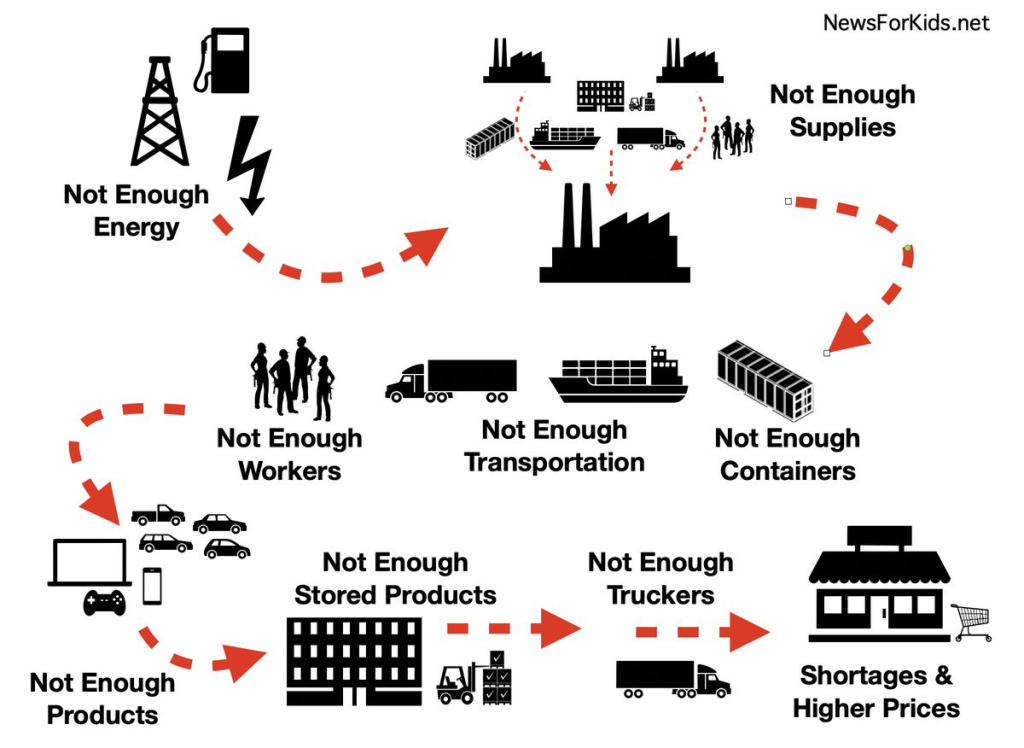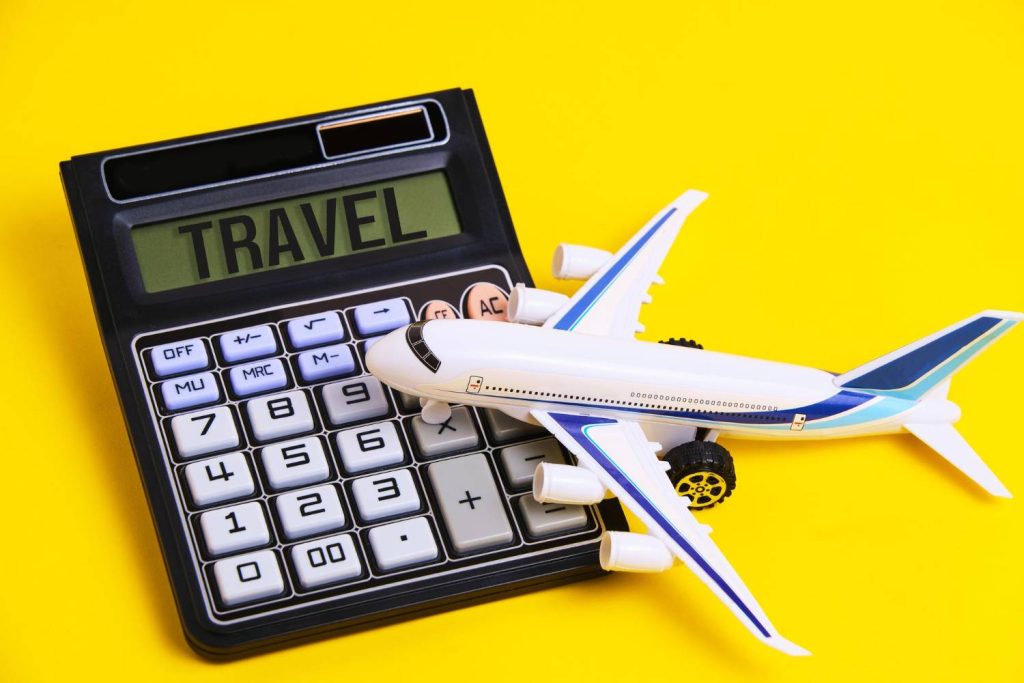Korean Air is currently grappling with significant supply chain issues, as highlighted by CEO and Chairman Walter Cho in a recent interview. The ongoing shortages of aircraft and engines pose a substantial challenge to the airline’s operations, affecting its growth and expansion efforts. Cho elaborated on how external factors like geopolitical tensions and tariffs, particularly those stemming from former President Trump’s policies, further complicate the situation. These supply chain disruptions have delayed crucial aircraft deliveries, putting additional strain on the airline’s capability to modernize its fleet. As Korean Air approaches a pivotal merger with Asiana Airlines, addressing these supply chain challenges will be essential to securing a competitive edge in the rapidly evolving airline industry.
The logistical hurdles faced by Korean Air are a reflection of broader issues within the airline industry, particularly concerning supply chains fraught with delays and shortages. In a notable dialogue, Walter Cho, the airline’s CEO, emphasized the impact of these supply chain deficiencies on operational readiness, as the firm seeks to integrate Asiana Airlines into its fold. As global dynamics shift and trade relations fluctuate, these supply chain constraints, exacerbated by geopolitical disagreements, hinder the timely acquisition of necessary aircraft components. Cho’s insight into overcoming these hurdles illustrates a keen awareness of the intricate balance between operational needs and external pressures in the aviation sector. Navigating through these challenges is critical for the company’s future as it aims for growth amidst significant market competition.
Overview of Korean Air’s Supply Chain Issues
Korean Air has been facing significant supply chain issues that have directly impacted its operations and growth. The CEO, Walter Cho, has highlighted these challenges, particularly the shortage of aircraft and engines, which is crucial as the airline emerges from the pandemic. These shortages stem from a combination of prolonged global supply chain disruptions, which have obstructed the timely delivery of necessary components from manufacturers, and ongoing geopolitical tensions that complicate international trade relationships.
The airline’s ability to expand and modernize its fleet is being stymied by these constraints. As airlines globally recover post-COVID, Korean Air finds itself at a critical juncture where the need for an updated fleet is greater than ever. However, the ongoing supply chain issues not only limit the availability of new aircraft but also complicate maintenance and upgrades of existing planes, further straining the airline’s operational capabilities.
Navigating Geopolitical Tensions and Tariff Implications
In a recent interview, Walter Cho discussed how geopolitical tensions have affected Korean Air’s operations, particularly concerning tariff negotiations during the Trump administration. The volatility in international relationships has created an unpredictable landscape for airlines within Korea and beyond. As tariffs fluctuate based on diplomatic relations, Korean Air has had to adapt its strategies to mitigate the financial impact while still aiming for growth.
These geopolitical factors introduce uncertainties that can affect the pricing of aircraft and parts, making planning for future expansions difficult. Airlines like Korean Air must navigate these challenges not only to maintain competitiveness but also to safeguard their operational stability. By being aware of these external pressures, the company can make informed decisions that will help them maneuver through these turbulent times.
Impact of the Korean Air and Asiana Merger
The merger between Korean Air and Asiana Airlines is a significant development in the Korean airline industry. This strategic consolidation aims to enhance market competitiveness and improve financial performance in a sector still reeling from the impacts of the pandemic. Walter Cho has expressed optimism about the merger’s potential to address some of the supply chain issues faced by both airlines, enabling better resource allocation and operational efficiency.
The merger will not only streamline operations but potentially expand Korean Air’s fleet size, an essential factor given the current shortages of available planes. Together, the two airlines can more effectively navigate the turbulent post-pandemic landscape and capitalize on growth opportunities. Cho believes that with the completion of this merger, Korean Air can strengthen its position, better serving customers while also tackling the supply chain challenges present in the industry.
Addressing Aircraft Shortages: Strategies and Solutions
Addressing the critical shortage of aircraft is one of Korean Air’s primary challenges moving forward. Walter Cho noted that the airline is actively seeking strategic partnerships with manufacturers to secure timely deliveries of new planes and engines. By fostering these relationships and possibly diversifying suppliers, Korean Air aims to mitigate the risks associated with reliance on a limited number of manufacturing partners.
Additionally, the airline is focusing on maintaining existing aircraft to ensure operational continuity until new deliveries are available. Implementing rigorous maintenance schedules and investing in upgrades will help Korean Air extend the lifespan of its fleet while waiting for new aircraft to arrive. Collectively, these strategies form a multi-faceted approach to overcoming aircraft shortages, ensuring that the airline can grow without interruption.
Long-term Growth Amid Immediate Challenges
Despite the immediate challenges posed by supply chain issues, Korean Air is focusing on long-term growth and sustainability. Walter Cho has emphasized that while current shortages may impede short-term plans, the airline’s strategic vision remains intact. By implementing adaptive strategies and fostering a resilient operational framework, Korean Air is preparing to rebound as market conditions stabilize.
In the face of adversity, maintaining a growth mindset is crucial for Korean Air’s leadership. By prioritizing safety, reliability, and customer satisfaction, Cho believes that Korean Air can emerge from these challenges stronger than before. This long-term perspective is essential for ongoing investment and innovation, which will be key to thriving in the increasingly competitive aviation market.
The Role of Technology in Overcoming Supply Chain Issues
Technology plays a vital role in how Korean Air can address its supply chain challenges effectively. Walter Cho has pointed out the importance of investing in advanced systems and processes that enhance visibility and management of the supply chain. By utilizing data analytics and real-time tracking through modern technology, Korean Air can better anticipate delays or shortages and make proactive adjustments.
Moreover, embracing digital transformation in supply chain management allows Korean Air to collaborate more effectively with suppliers, facilitating smoother coordination. Implementing these technological innovations not only improves efficiency but can also lead to cost savings, which is especially important in the current economic environment influenced by fluctuating tariffs and geopolitical factors.
Responding to Market Demands: Fleet Modernization Initiatives
In light of the ongoing challenges, Korean Air is committed to fleet modernization initiatives that align with market demands. Walter Cho has highlighted that updating the fleet is not only about acquiring new aircraft but also ensuring that existing planes meet environmental regulations and passenger expectations. As customer preferences shift towards more sustainable travel options, modernizing the fleet to include eco-friendly aircraft is becoming a priority.
Through strategic investments in newer, more efficient models, Korean Air can reduce operational costs while enhancing customer satisfaction. The modernization of the fleet will also address compliance with evolving international standards and contribute to the airline’s long-term sustainability goals, positioning it favorably in a competitive market.
Challenges and Opportunities in the Airline Supply Chain
The airline supply chain faces multifaceted challenges that are exacerbated by issues such as aircraft shortages and geopolitical tensions. Korean Air, under the leadership of Walter Cho, is navigating these hurdles with a proactive approach. Understanding that each challenge can also represent an opportunity, Cho emphasizes leveraging these difficulties to bolster operational resilience.
By focusing on supply chain agility and responsiveness, Korean Air is positioning itself to not only avoid pitfalls but emerge stronger than its competitors. The ability to adapt quickly to changing circumstances within supply chains will be a significant advantage in the evolving landscape of the airline industry. Each strategic move the airline makes is geared towards creating a more robust network that can better withstand future disruptions.
Future Outlook for Korean Air: Lessons Learned
Looking ahead, the future outlook for Korean Air is mixed but tempered with cautious optimism. Walter Cho has shared insights on the lessons learned from recent challenges, particularly the importance of flexibility in operations. The airline’s experiences with supply chain shortages and geopolitical tensions have highlighted the need for adaptive strategies that can quickly address unforeseen issues.
Furthermore, Cho believes that fostering a culture of innovation and resilience in the workforce will be vital for overcoming future challenges. By investing in employee training and encouraging creative problem-solving, Korean Air can harness its team’s collective expertise to navigate uncertainties. This forward-thinking approach will facilitate sustained growth and stability, enabling the airline to thrive in a competitive market.
Frequently Asked Questions
What supply chain issues is Korean Air facing amid its merger with Asiana Airlines?
Korean Air is currently experiencing significant supply chain issues related to aircraft shortages and delays in receiving engines and components. These challenges have been compounded by geopolitical tensions affecting tariffs and trade relations, making it difficult for manufacturers to deliver necessary parts on time. The ongoing disruptions hinder the airline’s ability to expand and modernize its fleet, especially as it works to finalize its merger with Asiana Airlines.
How are geopolitical tensions impacting Korean Air’s supply chain?
Geopolitical tensions have created uncertainty in trade relations, which directly affects Korean Air’s supply chain. Tariffs imposed during trade disputes can lead to inflated costs and delays in acquiring aircraft and components. These geopolitical factors complicate Korean Air’s operations, especially as the airline navigates supply chain shortages while preparing for the significant merger with Asiana Airlines.
What role does Walter Cho play in addressing Korean Air’s supply chain shortages?
Walter Cho, the CEO and Chairman of Korean Air, plays a crucial role in addressing the airline’s supply chain shortages. In a recent interview, he discussed the challenges of having insufficient aircraft and engines, emphasizing the impact on the airline’s operations and growth plans. His leadership is vital in steering Korean Air through current supply chain issues, ensuring that strategies are in place to resolve these shortages as the market recovers from the pandemic.
How is Korean Air’s merger with Asiana Airlines influencing its supply chain management?
The merger with Asiana Airlines is strategically important for Korean Air, as it aims to enhance its competitiveness in the airline market. However, this merger also places additional strains on supply chain management. Korean Air must contend with existing aircraft shortages and delayed deliveries amid the merger process. Successfully integrating resources and fleets from both airlines while addressing ongoing supply chain challenges is crucial for achieving operational efficiency and growth.
What is the outlook for Korean Air amid supply chain challenges and aircraft shortages?
Despite the significant supply chain challenges and aircraft shortages currently faced by Korean Air, the outlook remains cautiously optimistic. Under the leadership of Walter Cho, the airline is focusing on long-term growth strategies and is hopeful that as global market conditions improve, it will be able to recover effectively and enhance its operational capacity, particularly post-pandemic.
| Key Points | Details |
|---|---|
| Supply Chain Shortages | Korean Air is facing shortages in planes and engines, impacting operations and growth. |
| Tariff Issues | Geopolitical tensions and tariffs have created uncertainty for airlines, affecting supply chains. |
| Merger with Asiana Airlines | The merger is intended to strengthen Korean Air’s competitive position in the market. |
| Optimism for Recovery | Despite challenges, CEO Walter Cho expresses hope for future recovery and growth post-pandemic. |
Summary
Korean Air supply chain issues are significant hurdles that the company is actively addressing. CEO Walter Cho highlighted the ongoing challenges related to aircraft availability and international tariffs during his recent interview. The current supply chain disruptions are complicating Korean Air’s operations and long-term growth plans, particularly in the wake of the pandemic. While the airline is working on strategic moves like merging with Asiana Airlines, the geopolitical uncertainties continue to pose risks. Ultimately, Cho’s optimism about recovery suggests that Korean Air is focused on overcoming these supply chain challenges to thrive in the competitive aviation industry.



